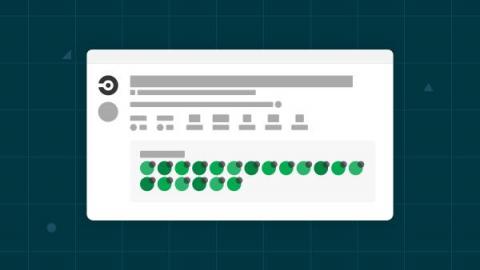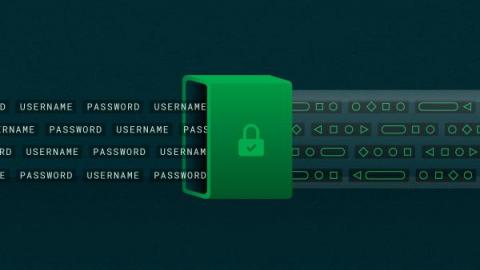Monitor your Argo CD clusters with Datadog
Argo CD is a declarative continuous delivery tool for Kubernetes developed by the Cloud Native Computing Foundation (CNCF). Argo CD automates your application deployment by continuously monitoring the live state of your containers and comparing it against the desired state in your Kubernetes manifest files, then pulling changes into your Kubernetes clusters as needed.











